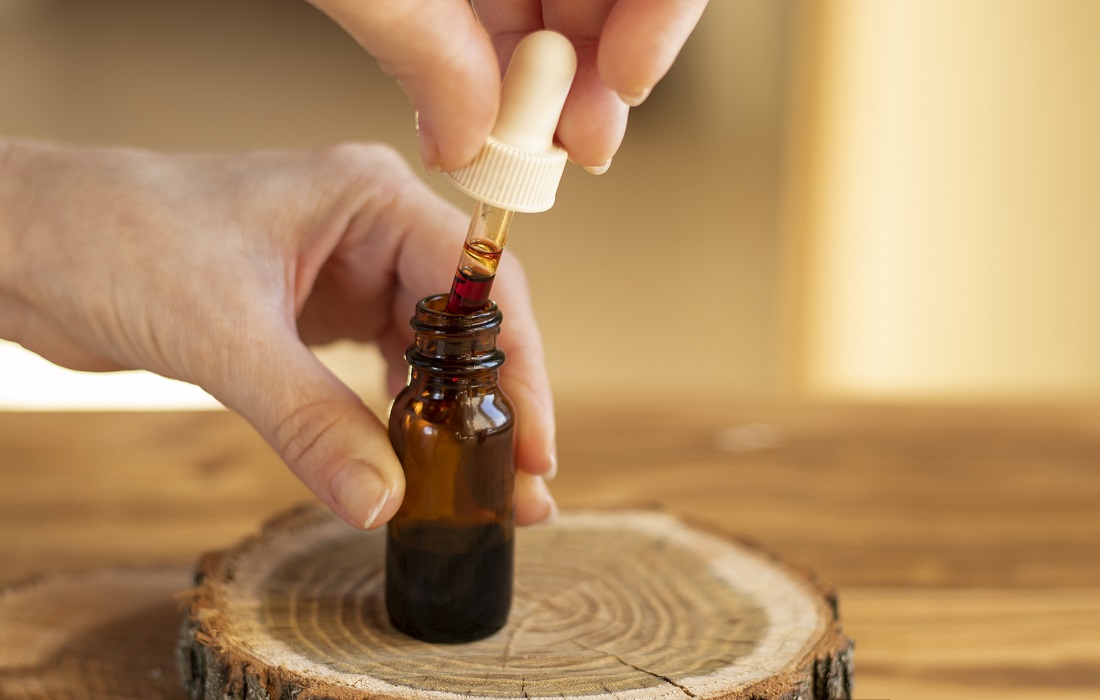As years pass, your skin changes. You have smile lines from the jokes you’ve cracked up at. The outside of your eyes may have some crow’s feet that weren’t there before. Your forehead may even crinkle a bit more than it used to. And there’s nothing wrong with the years you’ve lived showing on your face.
However, there’s also nothing wrong with wanting to reduce some of the signs of aging. And the intentional use of certain skincare ingredients can help make that possible. Here are a few to incorporate into your routine if aging gracefully is on your to-do list.
1. Retinol
When in doubt, it’s always a good idea to start with the heavy hitters. Retinol, a specific type of vitamin A categorized under the retinoid umbrella, is exactly that.
Who it’s Best For
With many benefits ranging from anti-aging to acne prevention, it’s a great ingredient for many people. If you’re just starting to incorporate anti-aging ingredients into your skincare routine, retinol is a good option. The best part? It comes in many forms from medical-grade tretinoin to over-the-counter retinoids. It’s highly effective and accessible, coming in many cost-effective forms. So, even if it doesn’t work for you, your budget will go unscathed.
How to Use It
Retinol can be incorporated relatively easily into your routine. Use it on its own after cleansing at night or mix it with your moisturizer for a two-in-one application. Then, follow up with sunscreen in the morning to protect your skin since retinol can increase sun sensitivity. From there, you’re good to go.
What to Keep in Mind
If you have sensitive skin, retinol may not be the right choice for you. It typically has an adjustment period for the skin, which may include purging and breakouts. The effects of this can be redness, dryness, or general irritation, so keep an eye out for that. If issues persist, discontinue use in favor of another ingredient on this list.

2. Vitamin C
While drinking orange juice can help boost vitamin C internally, topical vitamin C has benefits of its own. As an antioxidant, vitamin C is a natural fighter of harmful toxins. This includes environmental factors like free radicals and pollution. So, it’s the perfect addition to support your mental health and morning routine.
Who it’s Best For
Vitamin C is a pretty universal ingredient. It’s typically well-tolerated and easily added to most skin care routines. It has characteristics that make it beneficial for both oily and dry skin, too. Vitamin C is anti-inflammatory and can help with wound healing time, so it’s perfect if you’re acne-prone. It can also strengthen the skin barrier, which is useful for preventing water loss that leads to dryness.
How to Use It
Vitamin C may be what your morning routine is missing. Wash your face and apply a vitamin C serum before your sunscreen to reap the benefits all day long. You can use it at night, but it’s best to avoid using other strong ingredients — like exfoliants or retinol — to prevent negative interactions.
What to Keep in Mind
Some irritation is possible with vitamin C, so spot testing is a wise decision. Take your new vitamin C serum and apply a small amount to your upper arm or inside your elbow. Then, check in on it over the next 24 hours. If your skin doesn’t react, it should be safe to apply it to your face. If it does cause a reaction, it’s best to skip it in favor of another ingredient option.

3. Hyaluronic Acid
When your skin is lacking moisture, it’s more likely to show signs of aging. Fine lines and wrinkles stand out, and makeup settles in creases. Hyaluronic acid, a powerful moisturizing ingredient, can help remedy that issue.
Who it’s Best For
Anyone can use hyaluronic acid because it’s naturally occurring in the body. There are no known interactions or side effects. So, no matter if you have dry or oily skin, the moisturizing benefits of hyaluronic acid are worthwhile.
How to Use It
Hyaluronic acid is a fairly common ingredient in skin care, so there’s a decent chance you’ve already used it. It’s often found in moisturizers because of its hydrating effectiveness. However, you can get it in a serum form to further moisturize your face. Simply cleanse your skin like you normally would and then apply it before moisturizing. You’ll be left with a dewy, youthful glow.
What to Keep in Mind
Just because there’s a lesser likelihood of adverse reactions to hyaluronic acid doesn’t mean you’ll respond well to every form of it. Certain brands may include additives that cause breakouts or irritation, so patch testing is still a good idea. If you’re really struggling with signs of aging, this ingredient is also a common dermal filler. If you respond well to it topically, you might explore filler as a longer-term solution to fine lines and wrinkles.

Getting Your Anti-Aging Look
There’s something beautiful about aging. Your face is evidence of the years you’ve lived and the lessons you’ve learned. But there’s also something to be said about feeling happy with your appearance no matter how many years have gone by. Adding any of these proven anti-aging ingredients into your skincare routine can give you a more youthful glow. That way, you can focus on making new memories and exuding confidence as you do it.


